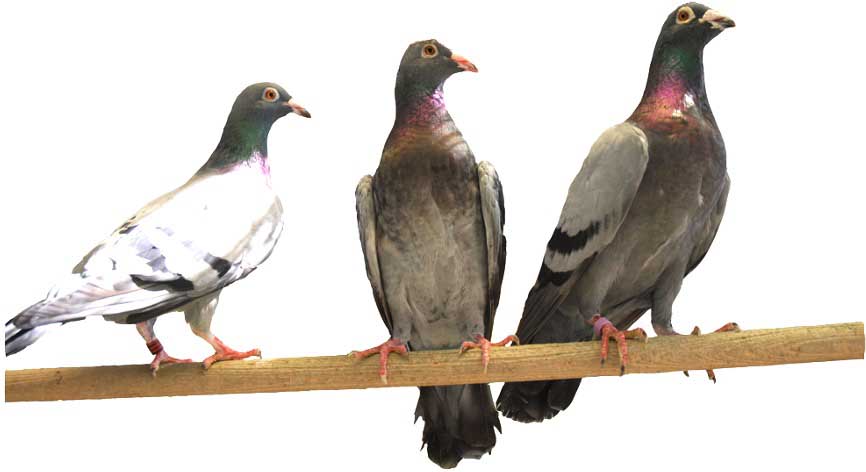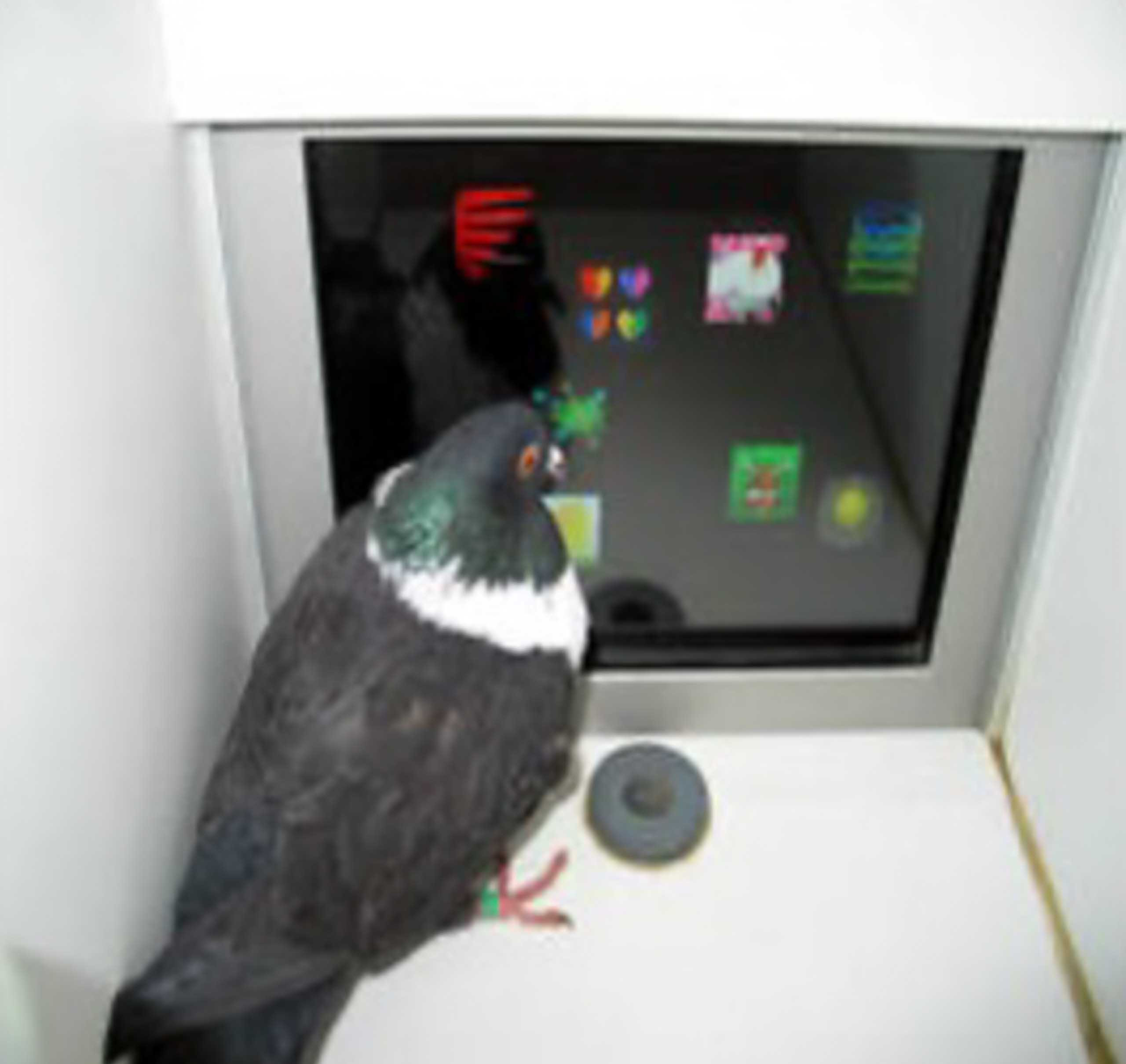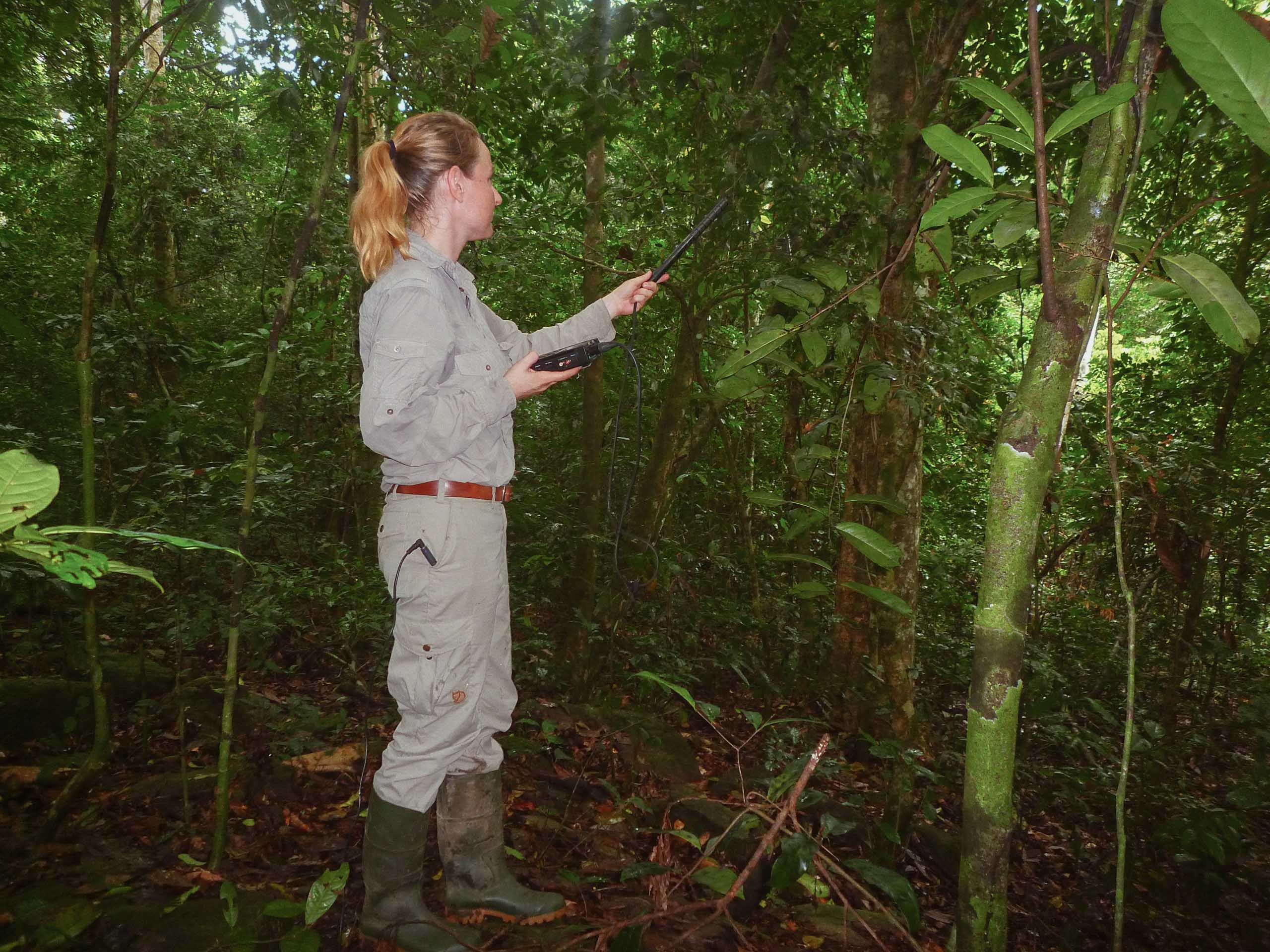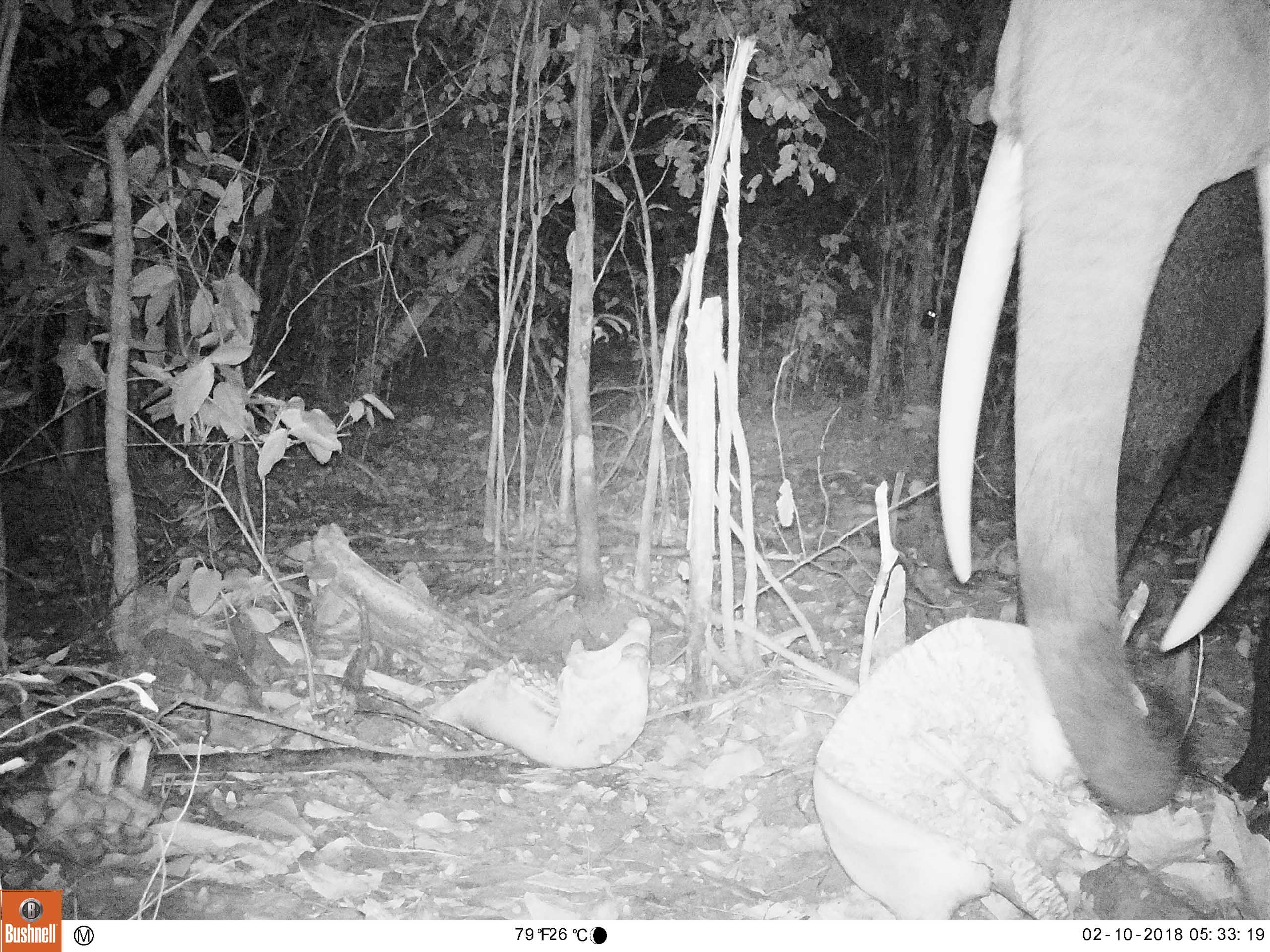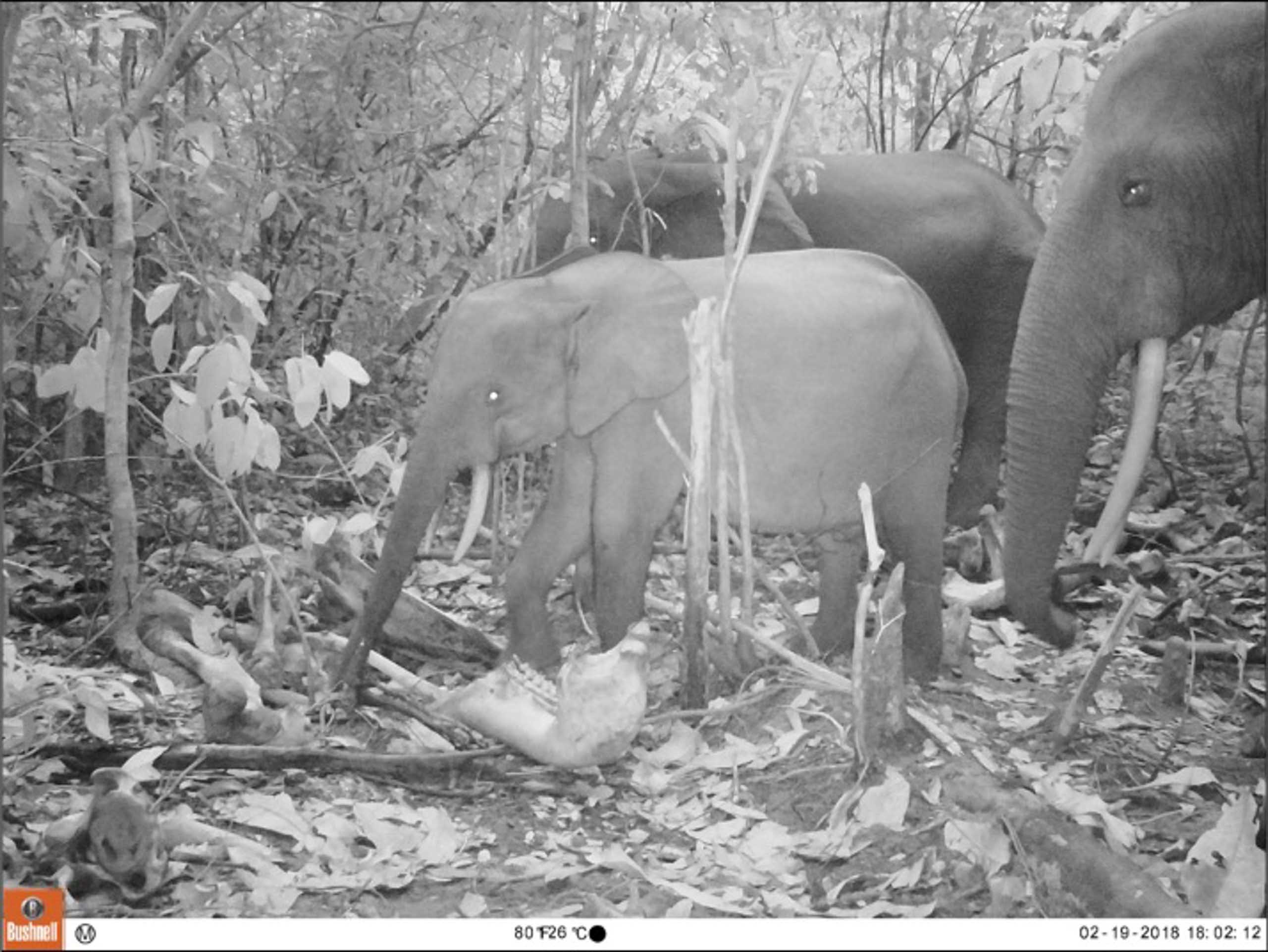Past Projects
An overview of past projects
I only list exemplary past projects in which I had a major lead. For additional collaborations and my contribution to other projects, please see the list of publications.
-
Pigeon visual cognition
In contrast to corvids and parrots, often also referred to as the feathered apes, pigeons are not famous for being the hallmark of cognitive complex capacities. However, this might be misleading as long as terms like cognitive complexity are not fully clarified and tasks are not comparatively adapted to a specie’s natural social and ecological environment. Developing tasks that were adapted to pigeons’ urban ecological niche, we showed that pigeons possess skills like e.g. the recognition of familiar and unfamiliar humans on the basis of pictures alone. This ability even extends tob inanimate objects. In another study, pigeons proved to be able to integrate previous information about predator presence across different sensory modalities into decisions about how to respond to simulated predator encounters. We then developed a novel devise to present different visual stimuli to pigeons, namely real objects, pictures and holograms, to further challenge their visual cognitive skills. Comparing pigeons and humans in their capacity to recognize objects and hologram, we revealed interspecies similarities and differences, and proved the feasibility to implement holography in visual cognition research.
-
Diana monkey population differences in vocal production of alarm calls
Comparisons of Diana monkey populations in Sierra Leone and in Cote d’Ivoire showed that males and females are very differently affected in their alarm calling by predation pressure. For instance, while male monkeys utter call sequences that are structurally less complex in a habitat with less diverse predator fauna, females showed longer latencies to respond. Another study showed that males are additionally affected by social familiarity and population density in their alarm calling, rendering neighbouring groups to either ‘dear enemies’ or ‘nasty neighbours’ during anti-predation responses. We also found that anti-predation behaviour is coordinated between both sexes with females vocally persisting until the male confirmed their assessment of the nature of a threat and males complying to female assessments even against their own knowledge. The latter result in combination with my research on putty-nosed monkeys suggests that, at least in some forest guenons, females might use males as ‘hired guns’, and males obey to gain reputation as good protectors and thus potentially access to future reproduction.
-
Thanatology - behavioural responses to dead conspecifics
Using remote camera traps, I led a study that investigated behavioural responses of forest elephants towards a poached conspecific. Results gave further insight into forest elephants’ behavioural flexibility and risk management, but also into how forest elephants respond to poaching on an individual and on a population level. For instance, we found that elephants were avoiding the carcass site for over a week. Findings also show a previously unknown sexual-dimorphism in forest elephant behaviour towards a poached conspecific and raise the possibility that individuals might be able to infer further context-specific information about the event.
The original material was compiled to a pictorial template for forest elephant decomposition under these specific environmental conditions to advise anti-poaching strategies of the Nouabalé - Ndoki National Park.
Documented by direct observations, we provided the first report on prolonged attachment for at least 16 days between a wild female gorilla and her deceased infant. In contrast to what was previously reported for mountain gorillas, chimpanzees and geladas, general interest of other group members in the dead body was low and no individual other than the mother was observed to carry or to touch the corpse either aggressively or for grooming. Our observation contributes to comparative observations in great apes and other nonhuman primates that could reveal whether humans are unique in our ‘culturized’ ways to grieve.
